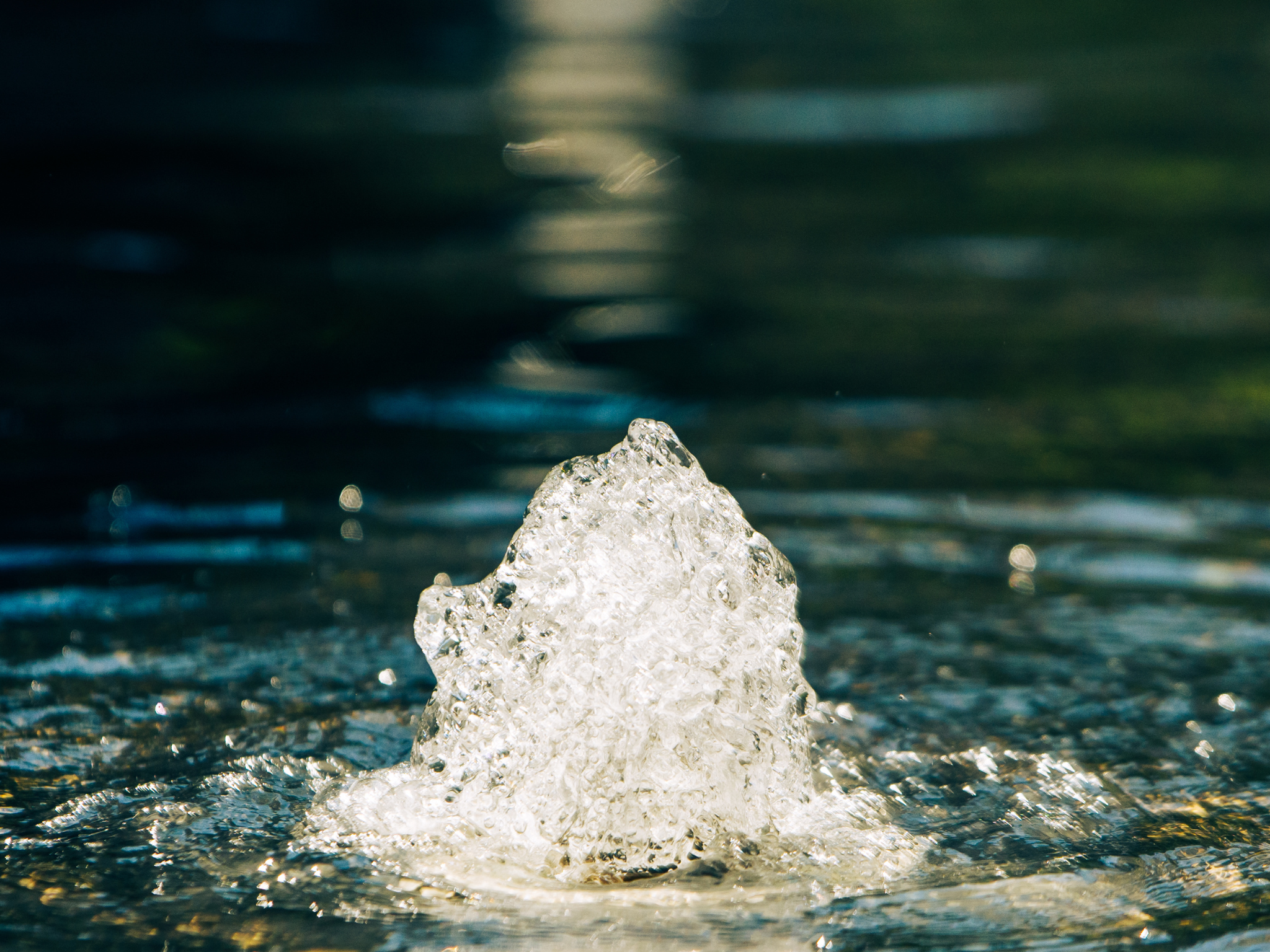How to Choose the Right Air Pump for Your Pond
Picking the right pond air pump comes down to two things:
-
Sizing it correctly for your pond volume and depth.
-
Choosing the right pump style for your needs.
Here’s a simple but comprehensive guide with examples to help.
Step 1. Calculate Your Pond’s Volume
Use a volume formula if your pond is a geometric shape:
Example:
A pond that’s 10 feet long × 8 feet wide × 4 feet deep:
Length (ft) × Width (ft) × Average Depth (ft) × 7.48 = Gallons
10 × 8 × 4 × 7.48 = 2,393.6 gallons
Round up to estimate aeration needs - this pond holds about 2,400 gallons.
For more complex/irregular shapes use Play it Koi’s interactive tool:
Step 2. Estimate Oxygen & Air Flow Needs
As a rule of thumb, you want enough aeration to “turn over” the pond’s water volume at least once every 1 - 2 hours. This helps ensure oxygen reaches all areas of the pond.
Example:
-
For a 2,400-gallon pond:
-
One turnover every 2 hours = ~1,200 gallons per hour.
-
Convert to liters per minute (LPM): 1,200 gallons ≈ 4,542 liters ÷ 60 minutes ≈ 75 LPM.
-
That means a pump rated around 75 LPM is a good starting point.
These are ballpark ranges that help you match pond size to pump output:
-
Up to 1,000 gallons (3 - 4 ft deep): 20 - 30 LPM air pump
-
1,000 - 3,000 gallons (4 - 6 ft deep): 40 - 80 LPM air pump
-
3,000 - 5,000 gallons (6 - 8 ft deep): 80 - 120 LPM air pump
-
5,000+ gallons or 8+ ft deep: 120+ LPM, or consider multiple pumps/diffusers
Step 3. Factor in Depth, Fish Load, and Climate
-
Depth matters. Air pumps must push against water pressure. The deeper the pond, the stronger the pump you need.
-
More fish = more oxygen demand. Koi ponds or heavily stocked systems should upsize the pump by 25 - 50%.
-
Warm weather = less oxygen. Summer months (especially in tropical climates) put extra stress on fish, so it’s better to have a pump with extra capacity.
Example:
If the 2,400 - gallon pond above is 8 feet deep and packed with koi, look for a pump in the 90 - 100 LPM range with a depth rating that matches.
Step 4. Place Your Diffusers Correctly (and Adjust Them for Winter)
Choosing the right air pump is only half the equation - where you place the diffusers is just as important for delivering oxygen evenly and keeping your pond healthy year-round.
Choosing Between Diffuser Discs and Aerated Bottom Drains
The type of diffuser you use can also influence your system’s performance and flexibility:
-
Diffuser discs: These are versatile and easy to reposition. You can place them exactly where you want during the summer, then move them shallower in winter without changing your plumbing setup. This makes them ideal if you want seasonal flexibility or need to adjust for different oxygenation needs.
-
Aerated bottom drains: These combine a diffuser with the drain itself, which not only oxygenates the water but also creates a convection-like current. This upward flow helps move waste and debris toward the drain for removal, improving water clarity and filtration efficiency. The trade-off is that they’re more permanent - they can’t easily be moved for seasonal changes, so they’re best suited for ponds that don’t experience heavy freezing.
Diffuser Placement During the Normal Season
-
Deep is best: Place your diffuser(s) in or near the deepest part of the pond. This helps circulate water from the bottom up, breaks up stagnant layers, and distributes oxygen evenly.
-
Cover the whole pond: If your pond is large, irregularly shaped, or has coves, consider adding multiple diffusers to avoid “dead zones.” Space them out evenly for complete coverage.
-
Balance multiple diffusers: If running more than one diffuser, use valves or a manifold to balance airflow (otherwise, the shallowest diffuser will receive the most air).
Diffuser Placement in Winter (Freezing Conditions)
In cold climates where the pond surface freezes, it’s important to move or adjust diffusers to protect the thermocline (the natural layer of warmer water near the bottom that fish rely on to survive winter).
-
Move diffusers shallower: Instead of placing them at the bottom, move them to about half the pond’s maximum depth (for example, from 8 ft to ~4 ft).
-
Turn off deep diffusers: If you run multiple diffusers, shut off the deepest ones in winter to prevent full water mixing.
-
Maintain an open area: The goal in winter is to create a small opening in the ice for gas exchange without mixing cold surface water with warmer bottom water.
Step 5. Choose the Right Pump Style
-
Diaphragm pump: Quiet, efficient, great for shallow to medium ponds. Diaphragms may need replacement over time.
-
Linear pump: Efficient and reliable, good all-around option. Works well in small to medium ponds, but not ideal for very deep water unless rated for it.
-
Piston or compressor pump: Best for deep ponds or heavy fish loads. Strong pressure but louder and less efficient.
-
Multi-outlet pump: Useful if you want to run several diffusers in different zones.
-
Outdoor-rated pump: Recommended if the pump will be exposed to weather.
Pro Tips:
-
Always oversize slightly - it’s better to split excess air across multiple diffusers by utilizing a manifold than to be short on oxygen.
- Now you can increase aeration when it is very hot or when you are treating the pond!
-
Use the right tubing (larger diameter reduces resistance).
-
Install check valves to protect the pump from water backflow.
-
Place pumps in sheltered, ventilated areas for longer life.

